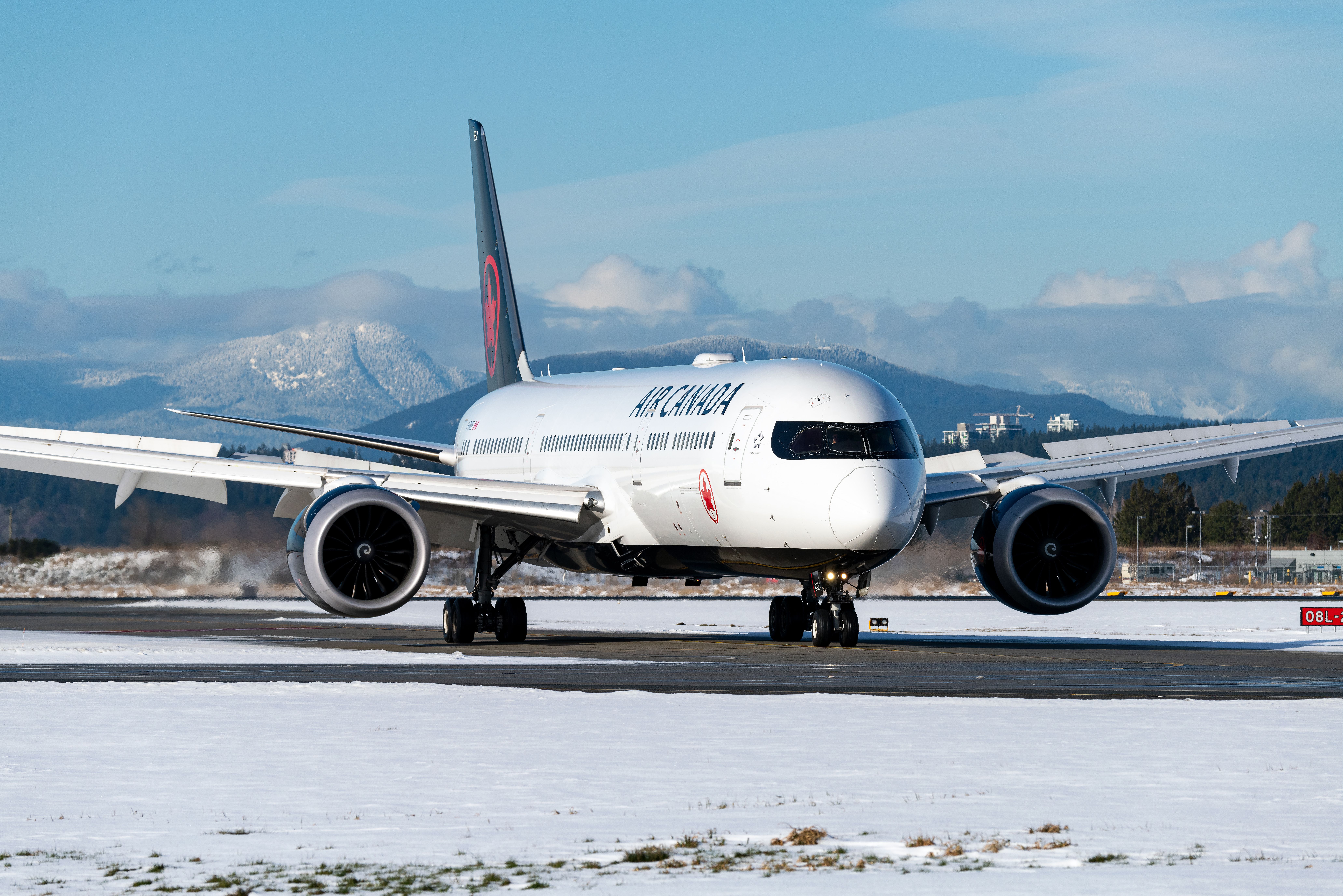Toronto Pearson International Airport has introduced an aircraft separation system known as Intelligent Approach. The tool is designed to optimize the spacing of aircraft on approach, taking into account a variety of influencing factors, such as weather conditions and aircraft type.
The Intelligent Approach system was introduced at Toronto Pearson International Airport on May 28th, making Canada’s busiest airport the first in North America to implement it. The system has however already been in use at London Heathrow Airport since 2015.
To bring the system to Toronto, NAV CANADA worked with NATS, the UK’s main air navigation service provider, and with the US-based technology organization Leidos. NAV CANADA was established in 1996, and today provides air traffic control, weather briefings, and advisory services across much of Canada’s domestic and international airspace.
NAV CANADA’s chief technology and information officer, Mark Cooper, said,
"NAV CANADA continues to collaborate with key partners, such as NATS and Leidos, to bring about the innovations to our processes and systems, such as the Intelligent Approach at Toronto Pearson, that we need to increase our operational efficiency and effectiveness.”
How does the system work?
Rather than relying on regulatory set distances, the Intelligent Approach system analyzes live weather data and aircraft type in order to dynamically calculate the optimum time interval between arrivals.
It then translates the findings into a graphical marker on the air traffic controller’s radar screen. This helps to improve spacing consistency and to maintain the landing rate, even in strong headwinds.
Want to find out more about NATS? The Simple Flying team recently met with Andy Taylor, chief solutions officer at NATS - click here for the podcast.
What are the benefits of the Intelligent Approach system?
According to NATS, the system will provide Toronto Pearson International Airport’s five runways with additional capacity, and will help to reduce delays, particularly during high-wind conditions. As a result, the system will also reduce fuel burn and CO2 emissions. With sustainability being such an important area of focus for many airports and airlines worldwide, this is a significant benefit.
Over at London Heathrow, where the system has been in use since 2015, headwind-related delays have been reduced by 62 %.
NATS’ strategy and commercial director, Guy Adams, commented,
“As the industry now begins to recover from the impact of Covid, it has never been more important for airports to make the very best of their existing infrastructure. I look forward to Intelligent Approach delivering even better on-time performance and operational resilience at Canada’s busiest airport.”
Following the Intelligent Approach system’s success at London Heathrow, it is likely that we will see the tool being launched at more airports over the coming years. Amsterdam Schiphol Airport, for example, is set to introduce the system as part of an arrangement between NATS, Leidos and the Dutch air navigation service, LVNL.
What do you think of Toronto Pearson International Airport’s Intelligent Approach system? Do you expect to see it introduced at your local airport? Share your thoughts by commenting below.
Discover more aviation news here.


-1.jpg)
.jpg)
